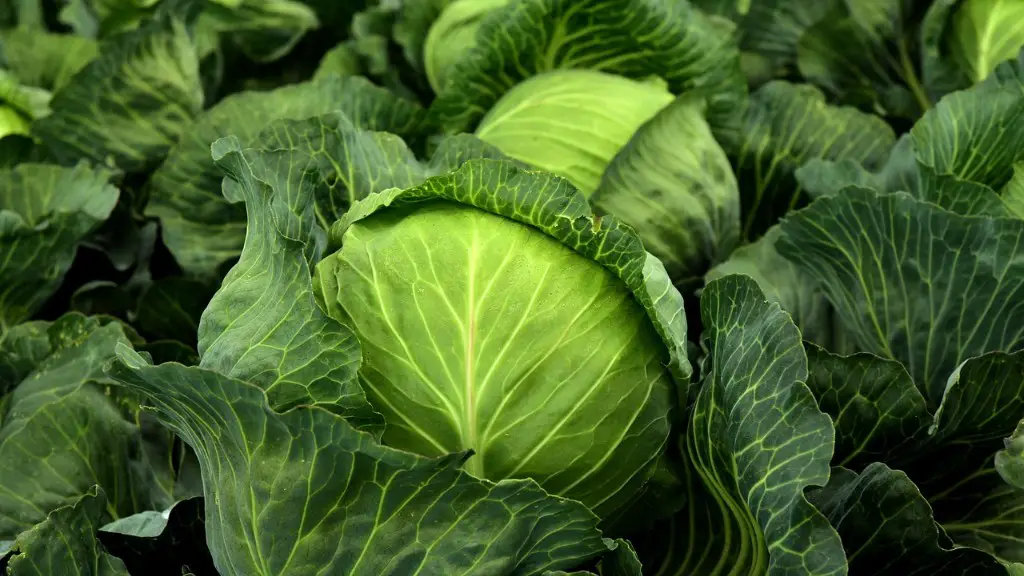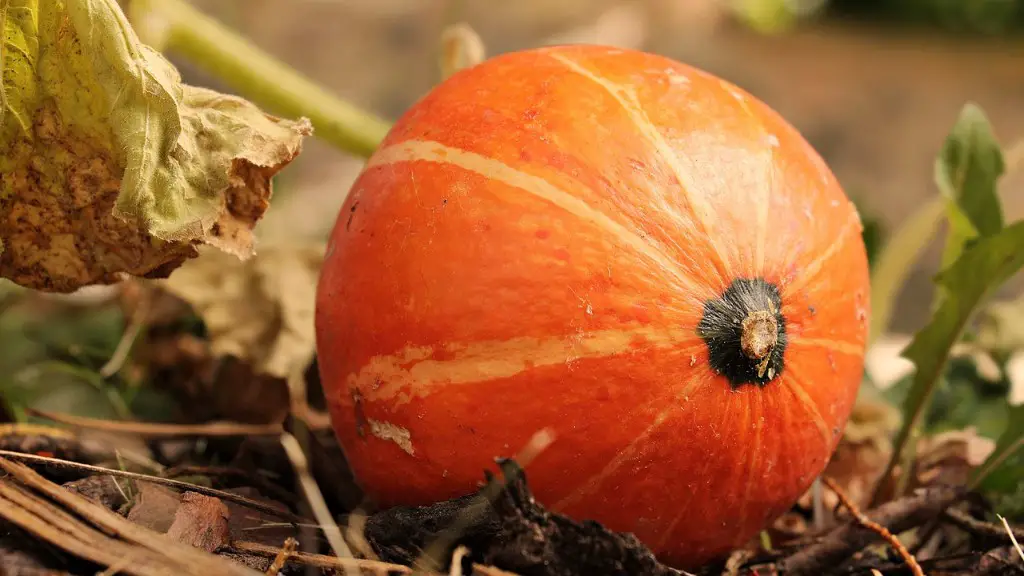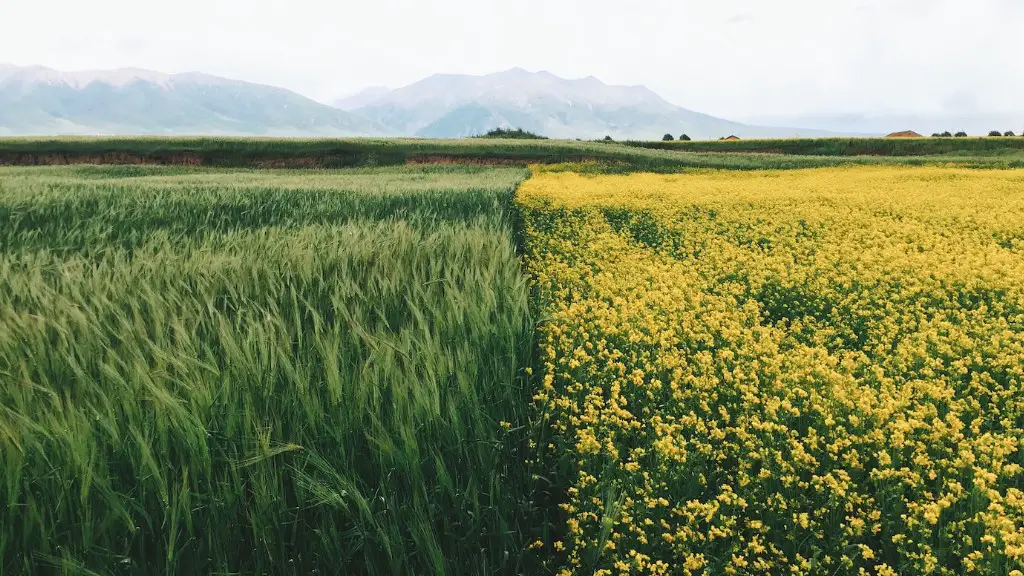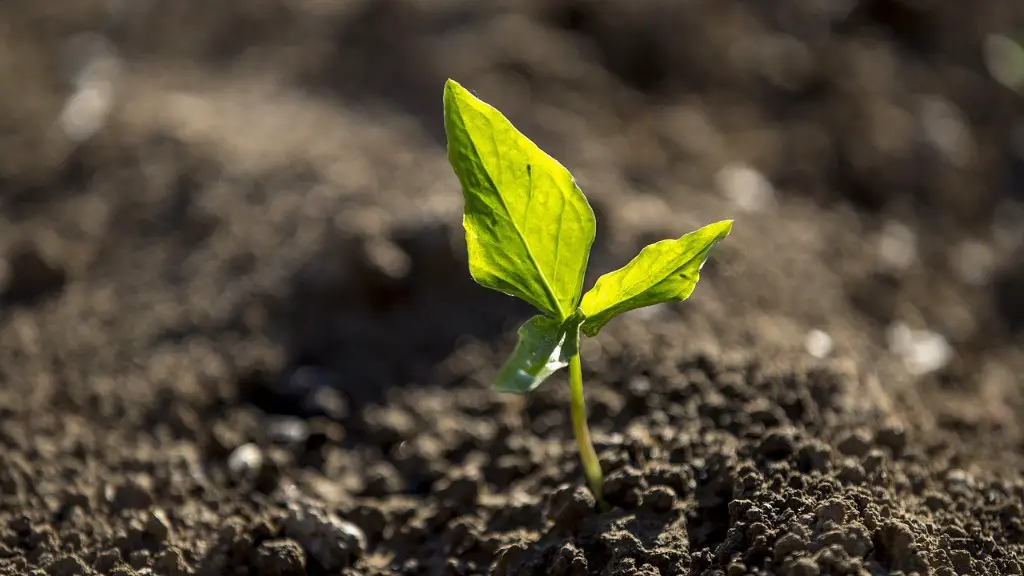Modern agriculture affects the environment in a number of ways. Farm animals produce large amounts of greenhouse gases, which contribute to climate change. The clearing of land for farming also releases greenhouse gases, and the use of heavy machinery and chemicals can cause pollution. Modern agriculture also uses large amounts of water, which can lead to water shortages in areas where farming is taking place.
The impact of modern agriculture on the environment is complex. Agricultural production has increased dramatically over the last few decades due to advances in technology, and this has had both positive and negative effects on the environment. On the positive side, higher yields have helped to feed a growing world population, and modern agriculture has been more efficient in its use of resources than traditional methods. However, on the negative side, modern agriculture has often been heavy-handed in its approach, with intensive farming methods leading to soil erosion and the depletion of water resources. In addition, the use of synthetic pesticides and fertilizers has polluted air and water, and contributed to the decline of biodiversity.
How does agricultural production affect the environment?
Crop production can have a negative impact on the environment in a number of ways. Soil erosion, nutrient and pesticide runoff, and irrigation can all pollute the air and water, degrade soil quality, and diminish water supplies. These activities can also diminish habitat for wildlife.
The challenge for farmers is to produce food in a way that is both environmentally sustainable and economically viable. This means finding ways to use less water, energy and chemicals, while still maintaining or improving yields. It also means producing food that meets the changing needs and tastes of consumers.
What are five environmental effects of agriculture
Agriculture has had a profound effect on the environment. Five of the most significant environmental effects of agriculture are soil fertility loss, eutrophication of water bodies, deforestation, climate change and pesticide pollution.
Soil fertility loss is caused by the depletion of essential nutrients in the soil. This can be due to a number of factors, including intensive crop production, the use of inorganic fertilizers and the loss of organic matter through soil erosion. Eutrophication of water bodies occurs when there is an excess of nutrients in the water, which can lead to the overgrowth of aquatic plants and algae. This can be caused by agricultural runoff, which is when water from rainfall or irrigation carries fertilizers and other pollutants from the land into waterways. Deforestation is another major environmental effect of agriculture. This is often the result of clearing land for farming or grazing, as well as the production of timber and wood products. Deforestation can lead to soil erosion, loss of biodiversity and climate change. Climate change is another significant environmental effect of agriculture. Agriculture contributes to greenhouse gas emissions, which are one of the main drivers of climate change. Agriculture also contributes to deforestation, which further exacerbates climate change. Pesticide pollution is another environmental effect of agriculture. P
Soil quality, water quality, climate, and terrain are just a few of the environmental issues that may impact profits and productivity for farmers in any given growing season. These factors can affect the yield of crops, the health of livestock, and the overall profitability of the farm. In order to ensure a successful growing season, farmers must be aware of the potential impact of these environmental factors and take steps to mitigate their effects.
What was the negative impact of modern farming?
Modern agriculture has had a number of bad effects on the environment, including soil degradation, water pollution, and greenhouse gas emissions. These problems are caused by a variety of factors, including the use of harmful chemicals, the overuse of resources, and the intensive farming of animals. While some of these problems can be mitigated by better management practices, others will require more fundamental changes to the way we produce food.
The use of modern chemicals has had both positive and negative impacts on the world. On the one hand, increased crop yields due to the use of fertilizers has made it possible to feed more people. On the other hand, however, increased river pollution due to chemical run-off has had a negative impact on the environment. Additionally, the overuse of pesticides has led to the decline of many insect and bird populations, which can have a ripple effect on the ecosystem.
What are 3 ways that modern agriculture harms the environment?
Pesticides, fertilizers and other toxic farm chemicals can have a negative impact on the environment. They can poison fresh water, marine ecosystems, air and soil. They also can remain in the environment for generations. Many pesticides are suspected of disrupting the hormonal systems of people and wildlife. Fertilizer run-off can impact waterways and coral reefs.
As the population of the world grows, so does the demand for food. To meet this demand, food production must increase. However, this increase in food production can have negative consequences on the environment.
One of the biggest environmental problems arising from food production is the use and pollution of water. It takes a lot of water to grow crops and rear livestock. This water is often taken from rivers and other natural sources, which can lead to water shortages. In addition, the water used in agriculture is often polluted with pesticides and other chemicals, which can pollute rivers and groundwater.
Another environmental problem arising from food production is greenhouse gas emissions. The production of food emits large amounts of carbon dioxide and other greenhouse gases into the atmosphere, contributing to climate change.
In addition, food production can also lead to the depletion of natural resources. For example, the demand for fish has led to overfishing, which has depleted fish stocks in many areas of the world. Similarly, the demand for beef has led to the clearing of large areas of rainforest for cattle ranching, which has harmed the environment.
To help reduce the negative environmental impact of food production, some grocery stores have implemented policies to reduce waste, use less water, and sell
What is the #1 issue facing agriculture today
The high cost of fuel and fertilizer has severely impacted farmers and ranchers, especially as they navigated the fall harvest season. The cost of fertilizer increased by more than 60% from 2021 to 2022, while the price of fuel rose by more than 20%. These rising input costs have put a strain on farmers and ranchers, who are already struggling to make ends meet. We urge the government to take action to help farmers and ranchers weather this storm.
Environmental factors that influence the extent of crop agriculture are terrain, climate, soil properties, and soil water. The most important factor is the amount of precipitation, which must be sufficient to support the growth of crops. The second most important factor is the length of the growing season, which must be long enough to allow the crops to mature. The third factor is the temperature, which must be warm enough for the crops to grow but not so hot that they wilt. The fourth factor is the soil, which must be deep enough to support the roots of the plants and have enough organic matter to retain moisture. The fifth factor is the soil water, which must be available in sufficient quantities to support the growth of the crops.
How does modern agriculture affect the economy?
-The agriculture sector plays a vital role in the US economy, contributing approximately $1264 trillion to the country’s gross domestic product (GDP) in 2021.
-This sector accounts for 54 percent of the US GDP, with the output of America’s farms contributing $1647 billion to this total.
-The agriculture sector employs millions of Americans and provides a critical source of food and other products for the country.
Traditional agricultural practices are being lost in many parts of the world as modern practices emphasize production, capital gain, and input intensity. This is a shame as traditional practices often emphasize localization, biodiversity, shared genetic resources, and a cultural appreciation for many different crops. These elements are important for sustaining the environment and local communities. It is important to find a balance between modern and traditional practices in order to sustain the environment and meet the needs of the people.
Why is modern farming better than traditional farming
Traditional agriculture relies on outdated information, outdated tools, and organic fertilizers, whereas contemporary agriculture relies on technologically improved tools and machinery. Traditional farming practices and expertise become outdated as globalization and modernization forces increase. As a result, many farmers are struggling to keep up with the changes and are being forced to abandon their farms.
The study found that there are four major visible impacts of climate change: occupational hazards, vector borne diseases, changing nutritional status, and inequity in development. These impacts are already being felt by communities around the world and are likely to worsen as the effects of climate change intensify.
How does agriculture cause global warming?
On the other hand, agriculture is a sector that is particularly vulnerable to climate change. Intense droughts, more frequent and more powerful storms, and extreme temperature changes can all lead to decreased crop yields and livestock losses.
In order to mitigate the impact of climate change on agriculture, and to reduce its contribution to greenhouse gas emissions, a number of measures can be taken. These include promoting sustainable agricultural practices, such as using organic fertilizers and crop rotation, and investing in research and development of climate-resilient crops.
The pressure that agriculture globally exerts on land and water resources is often resulting in land degradation, such as soil erosion and salinization. Additionally, agriculture is associated with greenhouse gas emissions. Therefore, it is important to find ways to sustainable practices in agriculture in order to protect our land and water resources.
Final Words
Modern agriculture has had a profound impact on the environment. The most significant effect has been the conversion of large areas of natural habitat into farmland. This has led to the loss of many plant and animal species, as well as the degradation of soil and water resources. In addition, the use of pesticides and other chemicals has resulted in pollution of air, water, and soil.
While modern agriculture has increased the overall efficiency of food production, it has also had a significant negative impact on the environment. The heavy use of pesticides and fertilizers has contaminated both air and water supplies, while the large-scale clearing of land for farming has contributed to deforestation and habitat loss. The good news is that there are a number of steps that farmers can take to reduce the environmental impact of their operations. By using more environmentally friendly practices, modern agriculture can continue to feed the world while also protecting the planet.





